Home cooks are often quite intimidated when trying to reproduce the delicious ethnic dishes they enjoy at various restaurants. Thankfully, there are definite flavor profiles and spice/seasoning/herb combos that are very specific to various regional cuisines and cultures; with a little guidance, you can create dishes that are tasty homages to the cuisines you love to eat.

In this two-part article (second part here), I'll cover both categories and sub-categories of some of the most popular ethnic cuisines, as well as the spices, herbs, and common ingredients that truly define their unique flavor profiles.
Use this glossary of flavors as both a resource when venturing to cook these types of foods for the first time and as a handy guide to "hacking" the various flavors that define each ethnic cuisine. In the case of the latter: the dishes you end up with may not be authentic, but they'll still contain the flavors about the traditional ethnic foods that you love so much!
LATIN AMERICA
Mexican:
According to Natalie from At Home in Any Kitchen, Mexican food balances the nuances of intricate spices and sauces with the fresh, flavorful, and deceptively simple ingredients found as add-ons to many Mexican dishes.
- Spices: coriander, cumin, cinnamon, chili powder, saffron
- Herbs: Mexican oregano, cilantro
- Fruits/Veggies: garlic, onion, chili peppers, tomatoes, beans (black, pinto, fava)
- Proteins: beef, pork, seafood
Try This: Sopa de habas is a traditional Mexican soup that utilizes a recado, the Latino equivalent of the French mirepoix, as the base for the hearty but easy-to-prepare dish.
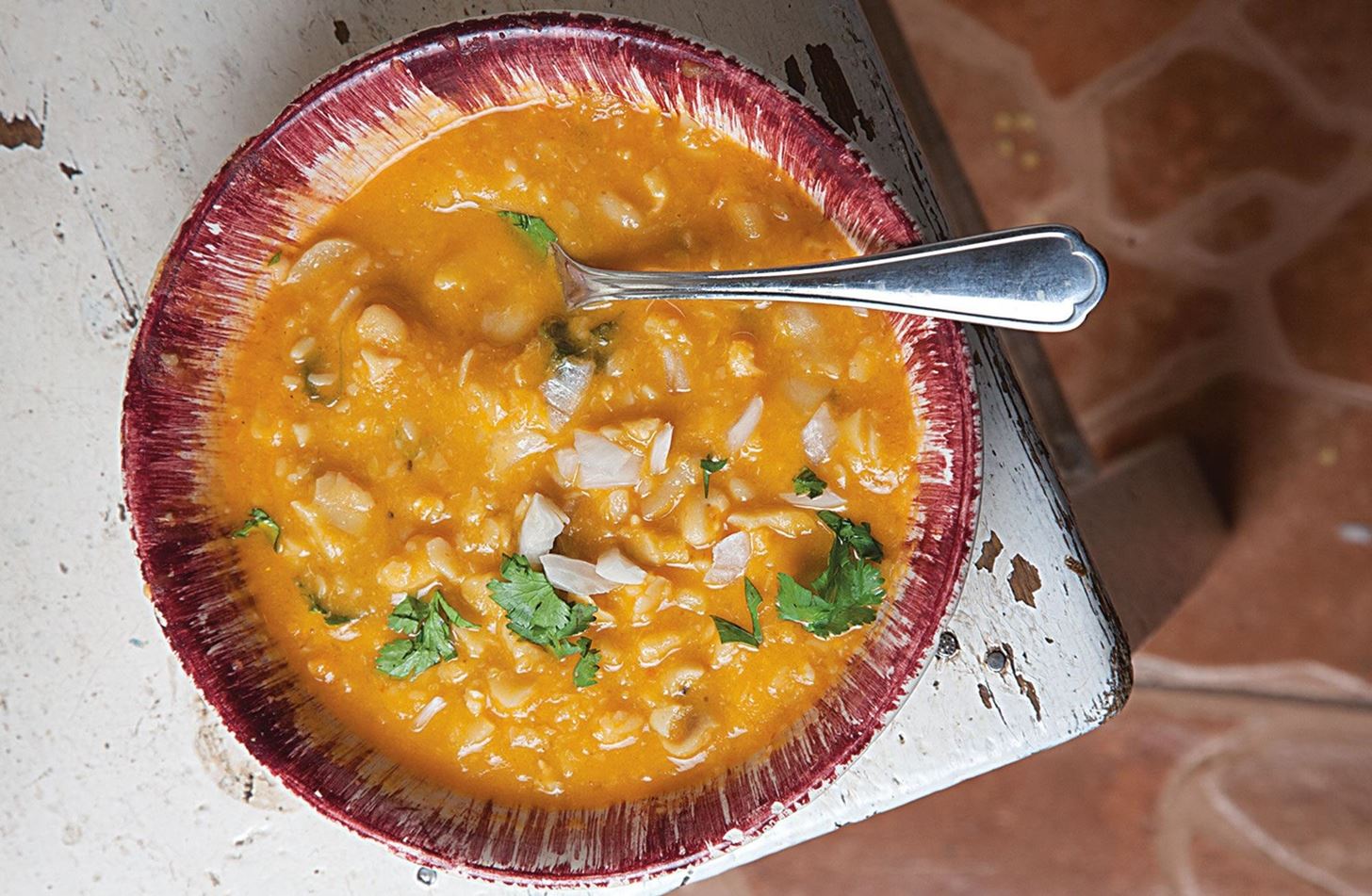
Cuban
Generally not spicy nor laden with heavy cream sauces or fried dishes, Cuban cuisine is based on a few simple flavors that are utilized in creative ways to build unique flavor profiles.
- Spices: cumin, sazon completa (salt, granulated garlic, dried oregano, onion powder, cumin, black pepper, dried lime zest, dried parsley)
- Herbs: cilantro, oregano, bay leaves
- Fruits/Veggies: garlic, yucca, plantain, beans (red and black), lime, green pepper
- Proteins: pork, beef, seafood
Try This: Ropa vieja, a popular Cuban meat dish that literally translates to "old clothes," so named because of the stringy look to the shredded beef. It contains the traditional Latin American sofrito—a mix of tomatoes, green peppers, onions, herbs, and spices that is cooked down to form a concentrated base for many recipes.

Argentinian
Meat is king in Argentina, and dishes that include it (and even many that don't) often draw on the hugely multinational aspect of Argentina's population. Spanish and Italian influences are particularly notable.
- Spices: cayenne pepper, paprika, nutmeg, coriander
- Herbs: oregano, bay leaf, cilantro, parsley
- Fruits/Veggies: garlic, lemon, lime, eggplant, potatoes (white and sweet)
- Proteins: beef, lamb, goat, pork
Try This: Steak with chimichurri sauce utilizes one of the most popular exports from Argentina (beef) topped with one of the most widely-used sauces from that country. It's easy to make, but really packs a punch with bright flavors and colors; most importantly, it makes for an impressive meal when having company over.

Peruvian
Kevin Cox of Serious Eats says that "...Peruvian food is all about spices and big flavors, some clean and crisp, others deep and heavy." It is these contrasts that make Peruvian cuisine so complex and appealing.
- Spices: aji (hot chilis), paprika, salt.
- Herbs: cilantro, oregano, basil, huacatay (Peruvian black mint)
- Fruits/Veggies: maize (Indian corn), potatoes (white and sweet), tomatoes, avocado, prickly pear, yucca, peppers
- Proteins: fish/seafood (coast/jungle); meat (Andes/jungle); cuy (guinea pig)
Try This: The national dish of Peru is ceviche. This combination of assorted raw fish and seafood can be made as spicy or as mild as you like; just be sure to use very fresh ingredients.

WESTERN EUROPE
Italian
While perhaps best known for the omnipresence of garlic in its dishes, Italian cuisine actually varies greatly from region to region. For example: pasta and pizza have found their way all across the boot-shaped country, but polenta and risotto still reign supreme in Northern Italy.
- Spices: coriander, nutmeg, pepper, salt, vanilla
- Herbs: basil, oregano, parsley, sage, rosemary, thyme
- Fruits/Veggies: pepperoncino (hot peppers), almonds, fennel, tomatoes, garlic, onions, eggplant, zucchini, mushrooms, olives (and olive oil)
- Proteins: fish/shellfish, pork, chicken, eggs, cheese
Try This: Pizza is often cited as the national dish of Italy, but because of the variety of available ingredients in the many regions of Italy there is a great deal of debate about that. Instead, why not try this gorgeous recipe for pasta con pomodoro e basilica (pasta with tomatoes and basil) that utilizes several popular Italian ingredients and echoes the colors of the Italian flag.

French
Like many of the countries in Europe, France's cuisine varies depending on the ingredients native to that area. The regions of France boast as many culinary variations as they do varieties of wine, which is often paired with the signature flavors of the dishes created with local components.
- Spices: sea salt, cloves, nutmeg, saffron
- Herbs: chervil, dill, tarragon, herbes de Provence (dried rosemary, thyme, bay leaf, savory)
- Fruits/Veggies: endive, shallots, fennel, lentils, zucchini, eggplant, tomatoes, pears, plums, apples
- Proteins: beef, veal, cheese, fish/seafood
Try this: Ratatouille isn't just the name of a delightful animated film. This traditional dish from the Provence region of France uses a plethora of vegetables and is the perfect way to use the resources of your farmers' market or CSA.

EASTERN EUROPE
Hungarian
There is no way to discuss Hungarian cuisine without mentioning paprika, the spice that seemingly finds its way into almost every notable dish from Hungary. Sausages, soups, and stews are staples of Hungarian cooking, which is often hearty and filling.
- Spices: paprika, cinnamon, pepper
- Herbs: bay leaf, caraway seeds, thyme, marjoram
- Fruits/Veggies: carrots, potatoes, garlic, white beans, tomatoes, cabbage, peppers.
- Proteins: beef, river fish (carp, catfish, perch), sausages (pork and beef), pork
Try This: I'll bet you thought I was going to suggest Hungarian goulash as your go-to dish from this country... but you were wrong! What we tend to think of as "goulash"—meaty, paprika-flavored stew with onions—is actually pörkölt. It is traditionally served atop mashed potatoes, pasta, or nokedli (like German spaetzle).

Russian
Yes, we all know Russia is famous for borscht, caviar, and vodka. But there is so much more to the cuisine of this area, which because of its immense size can't really be defined by just a few flavor profiles. Russian cooking can include such diverse items as a multitude of pickled vegetables, interesting starches made from a plethora of grains (like blinis, or pancakes), and a variety of meats that would make most vegetarians faint.
- Spices: black pepper, cloves, cinnamon, coriander
- Herbs: dill, parsley, bay leaf, tarragon, chervil
- Fruits/Veggies: garlic, onions, horseradish, mushrooms, cabbage, beets, potatoes, cucumbers, apples
- Proteins: beef, fish, pork, lamb
Try This: Shashlik is the Russian version of a kebab. Traditionally, it is only meat (beef or lamb) and onions; however, due to the influence of kebabs from other cultures, vegetables are sometimes added. It is often served with a simple salad of cucumbers, dill, and tomatoes.

Try It—You'll Like It!
Now that you have a jumping-off point, you can start experimenting with preparing traditional ethnic dishes in your own home. Of course, they won't be as authentic as if your abuela, nonna, or babushka (grandmother in Spanish, Italian, and Russian, respectively) made them, but she's had many years of practice. Someday you may be the family matriarch who is passing on these recipes to your grandchildren!
Check out the second part of this article below, which covers cuisines from the Middle East/Mediterranean/North Africa and Asia.
More Flavor Hacks:
Just updated your iPhone? You'll find new emoji, enhanced security, podcast transcripts, Apple Cash virtual numbers, and other useful features. There are even new additions hidden within Safari. Find out what's new and changed on your iPhone with the iOS 17.4 update.
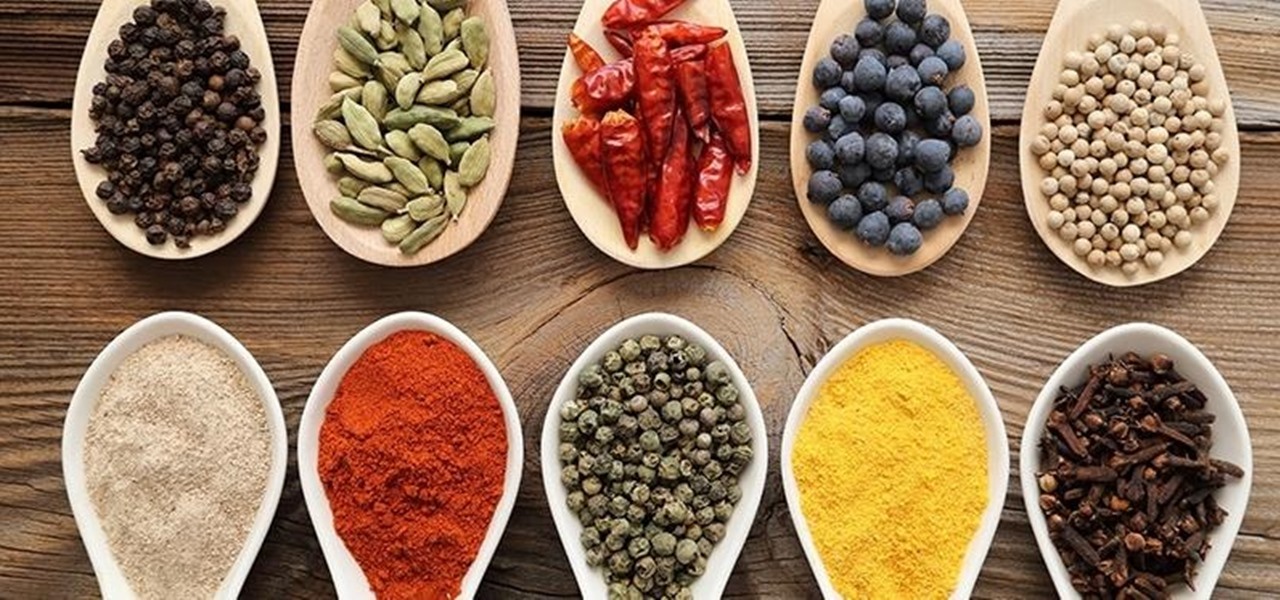




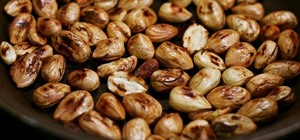




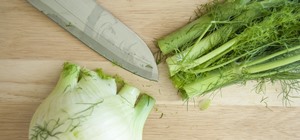











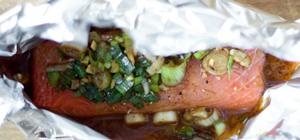
Be the First to Comment
Share Your Thoughts